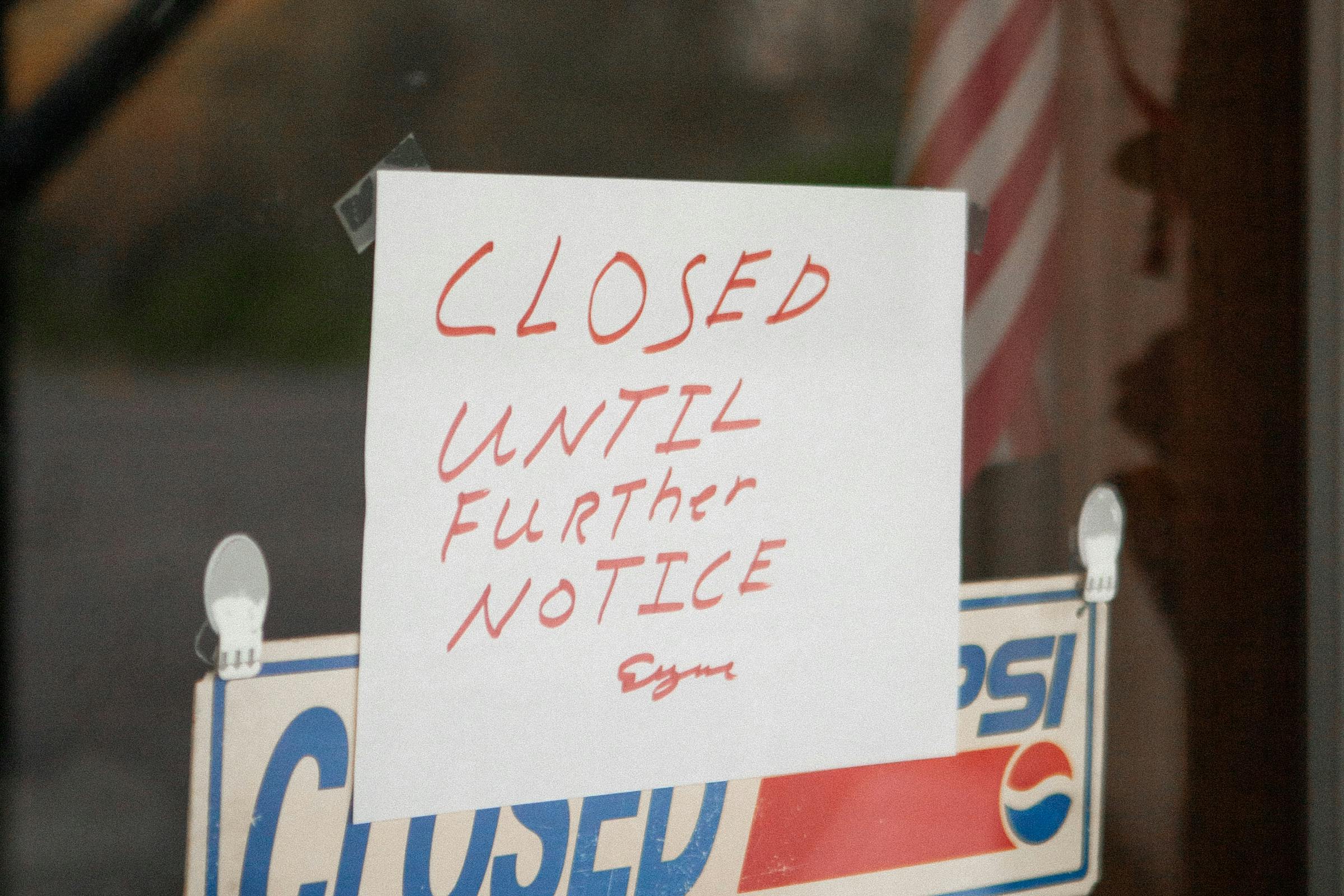The H-1B Visa Explained
Before we dig into what the LCA does, let’s take a minute to clarify why the H-1B visa is in such high demand. It’s a non-immigrant work visa that gives bachelor's degree holders and those with experience in specialty occupations the ability to work in the US.
The H-1B visa is for full- and part-time workers at one job or with multiple employers. With this visa, the holder and their immediate family can live in the US for three years, with an option to extend the visa and stay another three years.
As long as the petitioner has the skills to meet the specialty occupation requirements and pass government screenings, they can qualify for the visa. However, because it’s so popular, there is an annual cap with a random lottery that chooses the approved petitions.
To get to that point, the job position in question must have passed the Department of Labor’s criteria to be labeled a specialty occupation. This is to ensure that hiring a foreign worker will not jeopardize US employees' jobs and working conditions.
Understanding the H-1B LCA Form
When an employer searches for qualified help in the United States and can’t find any, they may be able to hire a foreign worker to do the job. However, before they can extend an official offer and begin the process of petitioning for an H-1B visa, they must get the job position approved with an LCA.
The sponsoring employer completes the Labor Condition Application form and files it with the Department of Labor. The employer explains what the job includes on the form and makes four attestations designed to protect US citizens and their jobs and the foreign worker’s rights. Thes attestations include:
- Wages. The petitioner will be paid more than the actual and prevailing wage of the position and geographic location of the work.
- Working conditions. The employer must attest that hiring the foreign worker won’t impact the current employees’ working conditions and that the foreign worker will be given similar working conditions to those in the same role.
- Strikes. Employers are not permitted to hire foreign workers to replace those on a strike or other work halt. Employers must attest that there are no cessations of work currently occurring.
- Intent to hire. All current employees must be notified that the employer intends to hire a foreign worker.
These attestations are vital to the approval of an LCA and must be met before the petitioner and employer can move forward with the process.
The Application Process
Starting the process to obtain approval for an LCA begins with an ETA 9035. This form must be completed and filed with the Department of Labor before the H-1B filing window commences. The sooner the job is approved, the faster you can get your petition started before the cap is met, but the earliest the employer can file is six months before the new employee is expected to begin working.
Employers hiring multiple workers for the same position can file one LCA for all H-1B employees.
Applications are submitted online through the FLAG system, except in the case where someone is physically disabled or does not have internet access. In those situations, you may receive permission from the OFLC Administrator to mail your LCA application.
Note that when an employer applies for their first LCA, they may need extra time for it to get processed. The Federal Employer Identification Number may not be in the filing system yet and must be verified, which can take 5-10 days.
Documentation and Advanced Preparation
Hundreds of thousands of H-1B petitions may be filed yearly. Preparation is key to ensure you make the cap before the window closes.
Registration closes on March 31. Applicants who wait until the first weeks of April to file for the LCA can get stuck in the bog of others who file.
Prepare early so that you have everything ready as soon as you’re allowed to submit Form ETA-9035 and 9035E. You’ll need the following documents and information:
● The visa information that goes alongside the LCA
● Descriptions of the job offered, including the title and period of employment
● Information about the employer (business name, FEIN, NAICS code, evidence of its existence, such as photos and marketing info)
● Contact information for the petitioner, employer, attorney, and agent
● Workplace information, including how many workers are already employed under H-1Bs, and the wage for the foreign worker
The more information you can include that shows your job offer is legitimate, the greater your chance of getting the LCA approved becomes. It will be denied if the DOL considers your job suspect or if you missed crucial info on the application.
Fixing an LCA Denial
An LCA denial doesn’t mean it’s an official “no.” Review the reasons the DOL gave you for denying the application and refile with the corrected information. Potential denials are another reason why you should begin the process of obtaining an LCA well in advance of the filing season.
The denial may be due to the need for a PERM. LCAs are used for H-1B workers, as discussed earlier. But if the petitioner is attempting to obtain a green card, the employer must undergo the PERM recruitment process.
Costs and Processing for LCAs
Filing for an LCA is free. The average processing time is seven days, depending on the caseload of the DOL when you file and whether your company is already in the system. As long as you completed the form correctly and your FEIN is verifiable, you should have a response within 14 days.
The validity period for an H-1B LCA approval is three years. The time may be shortened if the H-1B holder status is terminated, the employer becomes H-1B dependent, or a workplace strike or lockout occurs. LCAs are non-transferable to other employers.
LCAs are non-renewable. When an H-1B visa is up for renewal, the employer must file a new LCA form.
What’s Next?
Completing the Labor Condition Application is the beginning of your H-1B petition process. The rest of your work must be done timely and accurately because you’ll have thousands of other competitors. Mistakes can be time-consuming and cost you your chance to make the cutoff date.
Let Visa2US guide your steps along this process and reduce the chances of errors and delays. Our expert professional staff has helped thousands of people like you obtain H-1B visas, and we’re here 24/7 to answer your questions and support your career journey.














